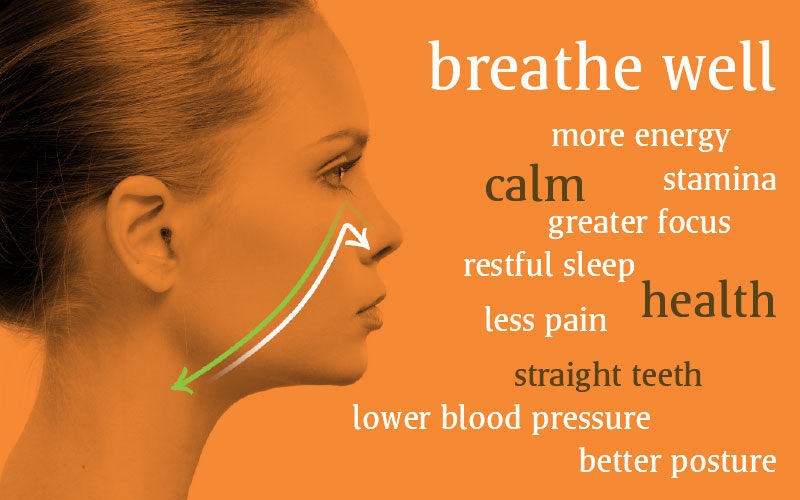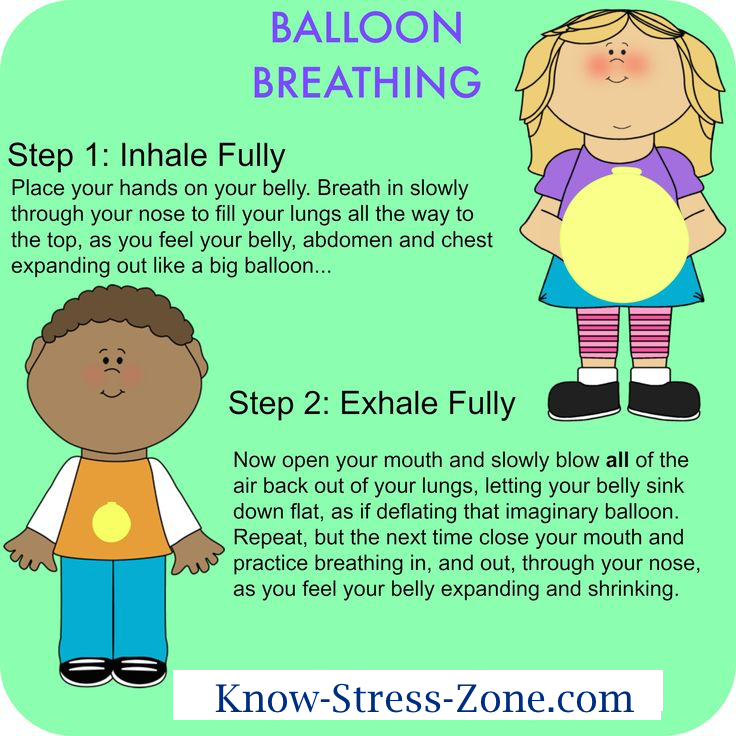7 Essential Pranayama Breathing Exercises
Pranayama breathing exercises are a portable, free, and easy way to help ease tension. There are many ways to breathe. When it comes to optimizing relaxation, however, the important thing is to be mindful of your breathing so that it deepens and slows down.
|
Most of the time, when we are not paying attention to our breathing, we tend to breathe in a shallow way. Our breaths are concentrated in the upper portion of our lungs and chest. The breaths are short and shallow. So, use the following breathing exercises, or breath work, to open up your chest, expand each breath, and experience deep relaxation! |
1. Breathing Exercises:
Breath of Fire
1. Sit up straight.
2. Inhale deeply through your nose for a count of 5 (one-one-thousand, two-one-thousand, three-one-thousand, etc.)
3. Hold the breath briefly.
4. Exhale through your nose in 5 quick breaths.
5. Repeat this breathing cycle 5 times.
2. Breathing Exercises:
Bhramari Pranayama (Bee Breath)
Is your mind buzzing with activity? Can't stop thinking about what someone said to you? Find a quiet nook and try the Humming Bee Breath (Bhramari Pranayama) to apply brakes to your buzzing mind. This breathing technique is especially useful for those with hypertension.
- Sit up straight in a quiet, well ventilated corner with your eyes closed. Keep a gentle smile on your face.
- Keep your eyes closed for some time. Observe the sensations in the body and the quietness within.
- There is a cartilage between your cheek and ear. Place your index fingers on the cartilage.
- Take a deep breath in and as you breathe out, gently press the cartilage. You can keep the cartilage pressed or press it in and out with your fingers, while making a loud humming sound like a bee.
- You can also make a low-pitched sound but it is a good idea to make a high-pitched one for better results.
- Breathe in again and continue the same pattern 3-4 times.
3. Breathing Exercises:
Kapal Bhati (Skull shining Breath)
Out of all yoga breathing exercises, Kapal Bhati (Skull Shining Breath) is considered the most effective for detoxifying the body and clearing the energy channels. Additionally, it is believed to increase one’s intuition.
- Sit comfortably with your spine erect. Place your hands on the knees, palms open to the sky.
- Take a deep breath in.
- As you exhale, pull your navel in back towards the spine. Do as much as you comfortably can. You may keep your right hand on the stomach to feel the abdominal muscles contract. Pull the navel in.
- As you relax the navel and abdomen, the breath flows into your lungs automatically.
- Take 20 deep breaths to complete one round of Kapal Bhati pranayama.
- After completing the round, relax with your eyes closed and observe the sensations in your body.
- Do two more rounds of Skull Shining breathing technique (Kapal Bhati pranayama).
4. Breathing Exercises:
Bhastrika
Low energy levels? Three rounds of Bhastrika pranayama (Bellows Breath) quickly and powerfully increases your energy and calms the mind.
Bhastrika is a warrior breath pumping arms into air and striking elbows to ribs while saying: “HAH” from the belly.
5. Breathing Exercises:
The Pause
1. Sit up straight.
2. Inhale slowly through your nose.
3. Hold your breath for a count of 5 (one-one-thousand, two-one-thousand, three-one-thousand, etc.)
4. Slowly exhale your breath.
5. Once all the air is exhaled, hold your breath again for a count of 5.
6. Repeat this breathing cycle 5 times.
6. Breathing Exercises:
Ujjayi
More than any technique, Ujjayi (meaning Victory Breath) is a clear demonstration of the connection between our breath and emotions.
- Seal your lips and start to breath in and out through your nose.
- Take an inhalation through your nose that is slightly deeper than normal. Exhale slowly through your nose while constricting the muscles in the back of your throat.
Getting the Ujjayi Sound Right
If you’re having trouble getting the right sound for your breath, try this:
- With your mouth open, try exhaling the sound “HAAAAH”—it’s similar to the sound you make when you’re trying to fog up a mirror. Get comfortable with this sound to get the hang of the practice.
- Close your mouth and attempt a similar sound, feeling the outflow of air through your nasal passages. Once you have mastered this on the outflow, use the same method for the in-flow breath, gently constricting the back of your throat as you inhale.
- If you’re doing this correctly, you should sound like waves in the ocean—the inhales can be compared to the sound the ocean makes as the water is gathering up to form the wave, the exhales can be compared to the sound of the waves crashing to the shore. Some people compare Ujjayi breathing to Darth Vader from Star Wars:)
7. Breathing Exercises:
Nadi Shodan
Can't concentrate on the task at hand? Try five to nine breaths of Nadi Shodhan pranayama (Alternate Nostril Breathing) followed by a short guided meditation. Nadi Shodhan pranayama calms and centers the mind by bringing into harmony the left and right hemispheres of the brain which correlate to the logical and emotional sides of our personality.
1. Sit with your back straight. Lower your shoulders and try to relax your muscles.
2. With your right thumb, close your right nostril.
3. Breathe in slowly through your left nostril.
4. Remove your right thumb.
5. With your left thumb, close your left nostril.
6. Breathe in slowly through your right nostril.
7. Now close your right nostril with your right thumb and breathe in slowly through your left nostril.
8. Close your left nostril with your middle finger and, without pausing, breathe out slowly through your right nostril.
9. Reverse. Breathe in through the right nostril and breathe out through the left.
10. Repeat this breathing cycle 5 times.
Breathing Exercises:
Contraindications
Bhastrika and Kapal Bhati should not be done by pregnant women, people with uncontrolled hypertension, cardiovascular disease, have undergone recent major surgery, those with glaucoma or other conditions of increased eye pressure.
The Key Benefits of Breathing Exercises
The key to healthy and happy living may lie in correct breathing. When we attend to our breath, it brings us to the present moment, increases our self-awareness, and brings a sense of calm.
Pranayama goes a step further than simple awareness of the breath, using specific rhythms and techniques to bring us numerous benefits on the mental, emotional and physical levels.
Breathing Exercises and All Kinds of Relaxation Techniques This Way

